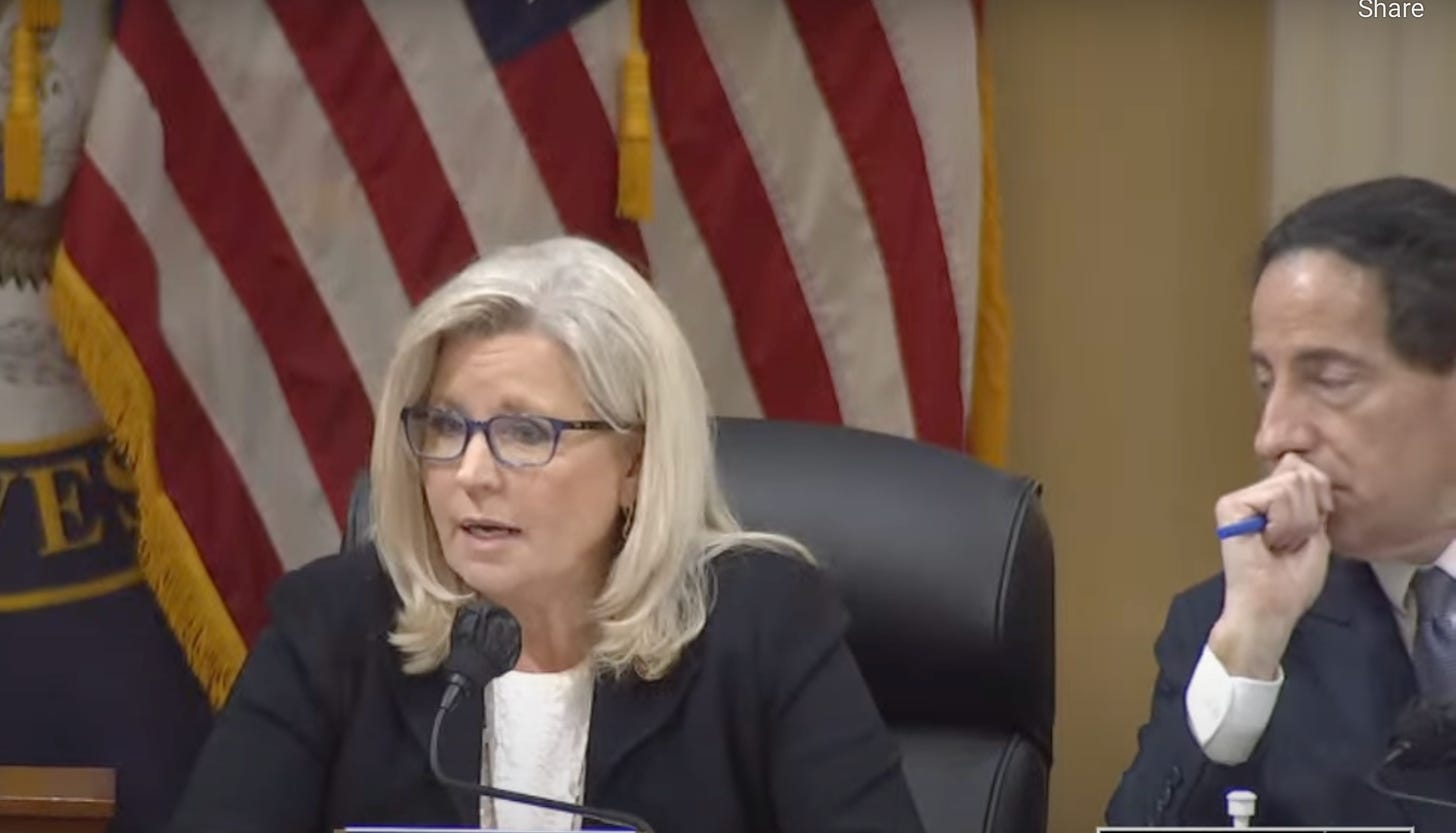Did I Hear Someone Say Witness Tampering, Mr. Chairman?
Yesterday's hearing finally put the Insurrectionist in Chief at the center of the conspiracy to overthrow the government on January 6, 2020. And the J6 Committee could not have told the story better.
If you missed yesterday’s January 6 hearings, you can watch them here: if you know someone who wants to catch up on what happened, please:

Keep reading with a 7-day free trial
Subscribe to Political Junkie to keep reading this post and get 7 days of free access to the full post archives.



